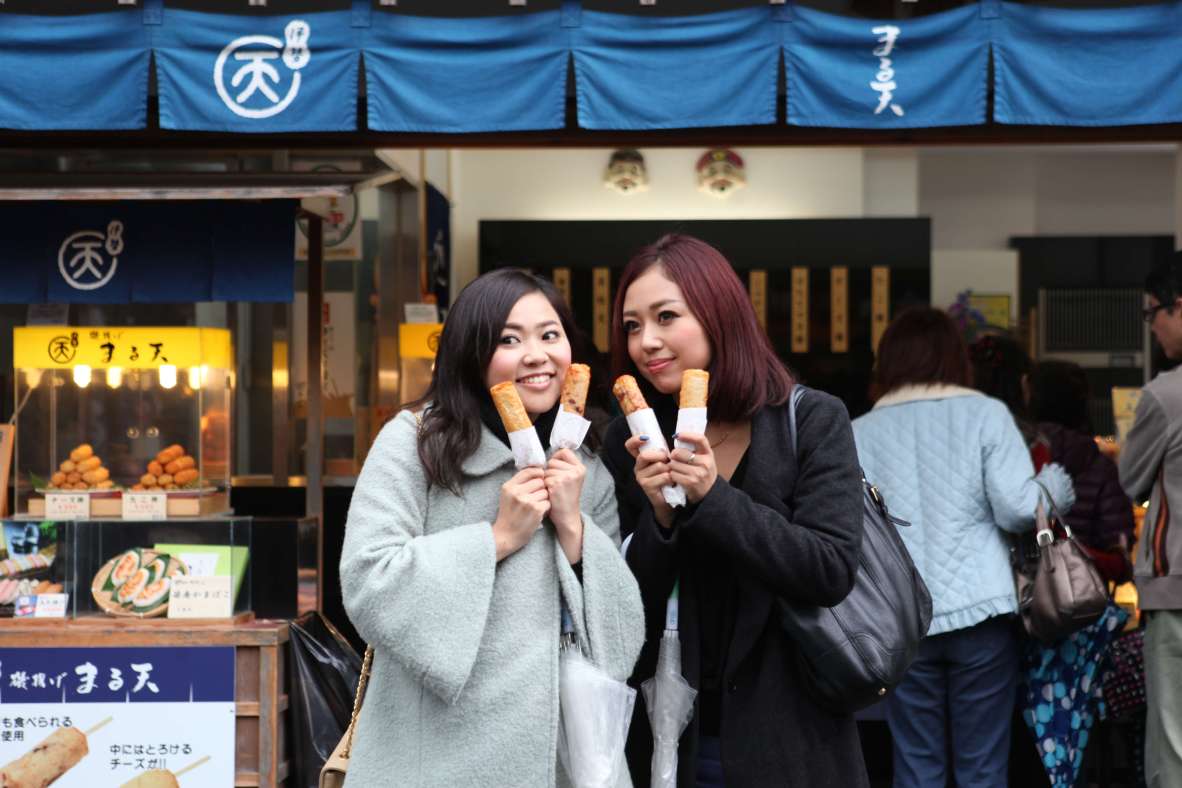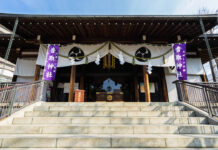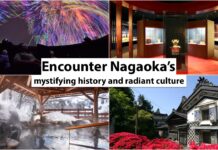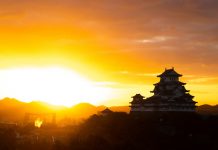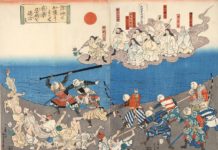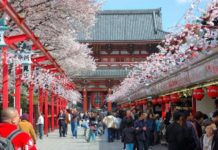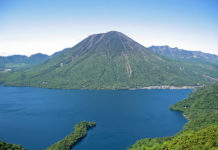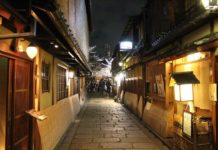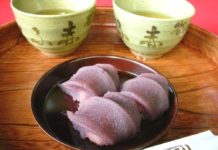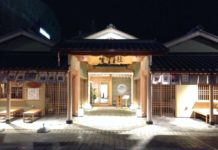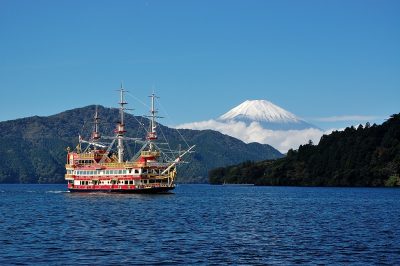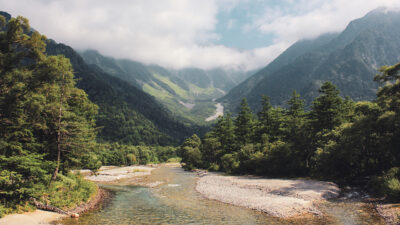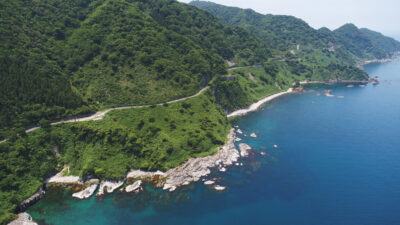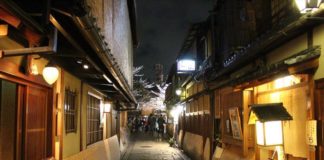A Shrine For The Bucket List
Since days of old, there has been a saying about the Ise Jingu, or Ise Grand Shrine: isshoni ichido wa omairi o, meaning one should worship there at least once in a lifetime. Or, in modern-day speak – a shrine for the bucket list.
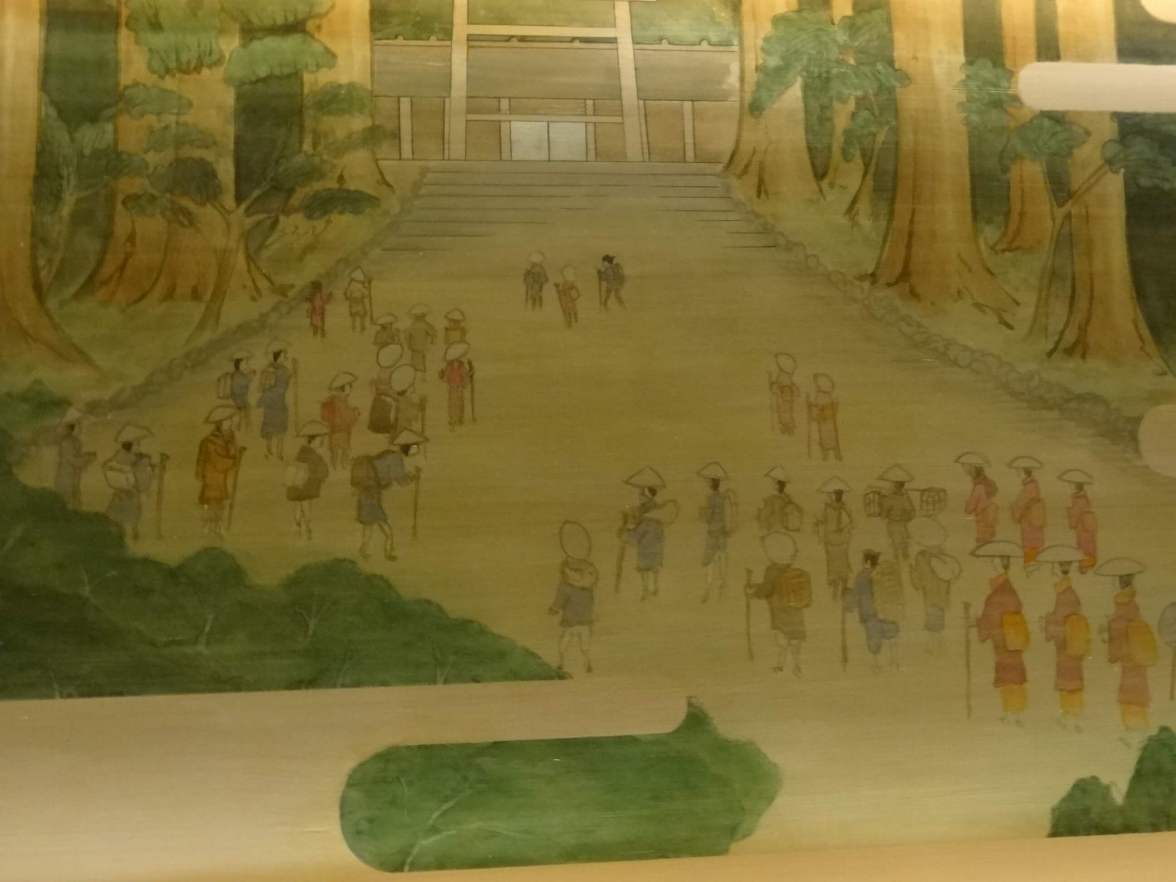
Why is Ise Shingu so sacred? In Nihon Shoki (“The Chronicles of Japan”), Japan’s oldest historiography, dating back to 720 AD, it is written that 2,000 years ago, Amaterasu Omikami descended from the heavens and selected Ise in present-day Mie Prefecture with its abundant and beautiful nature as her place of enshrinement.
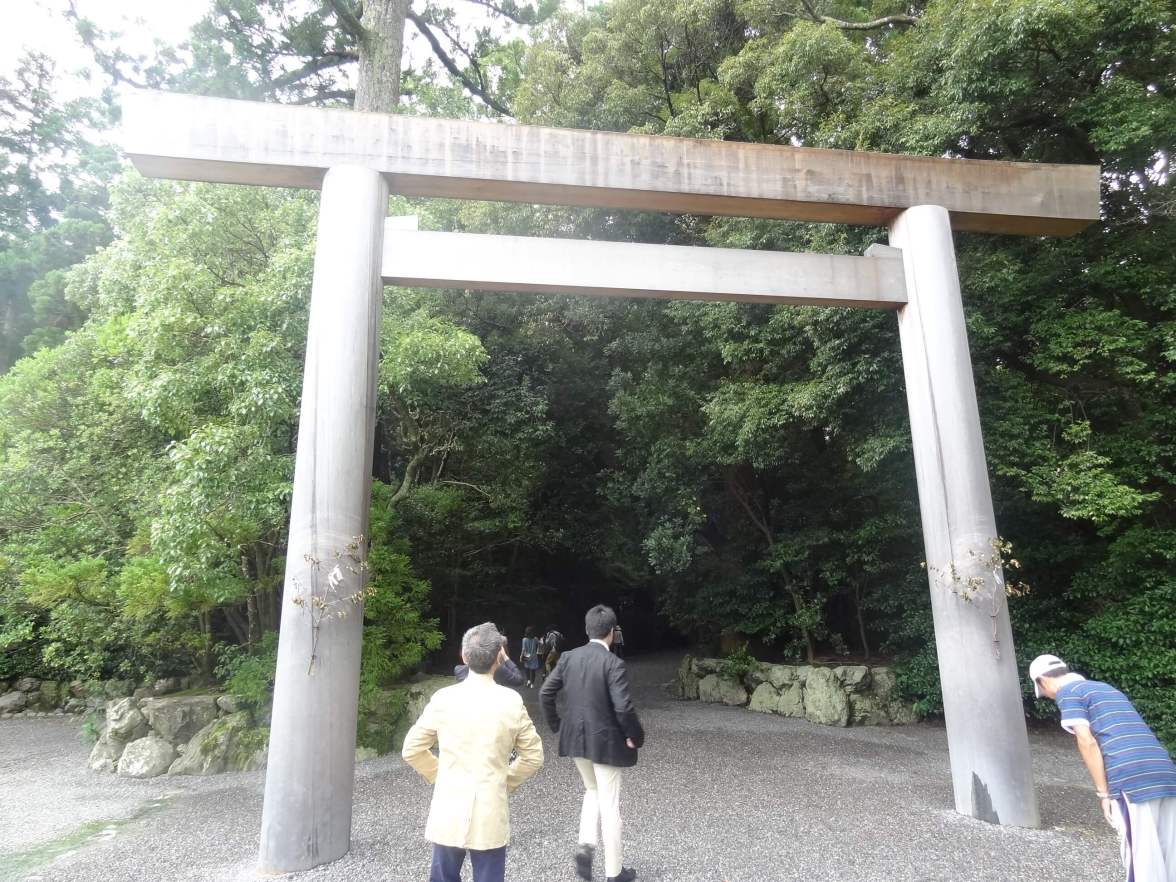
Toyouke no Omikami was enshrined with the purpose to offer sacred food to Amaterasu, which shows how important Amaterasu and the Naiku are to Shinto religion. Naiku is said to be the home shrine for all Japanese, and while the younger generation is losing interest, it is still a once-in-a-lifetime destination to visit for many people of the nation.
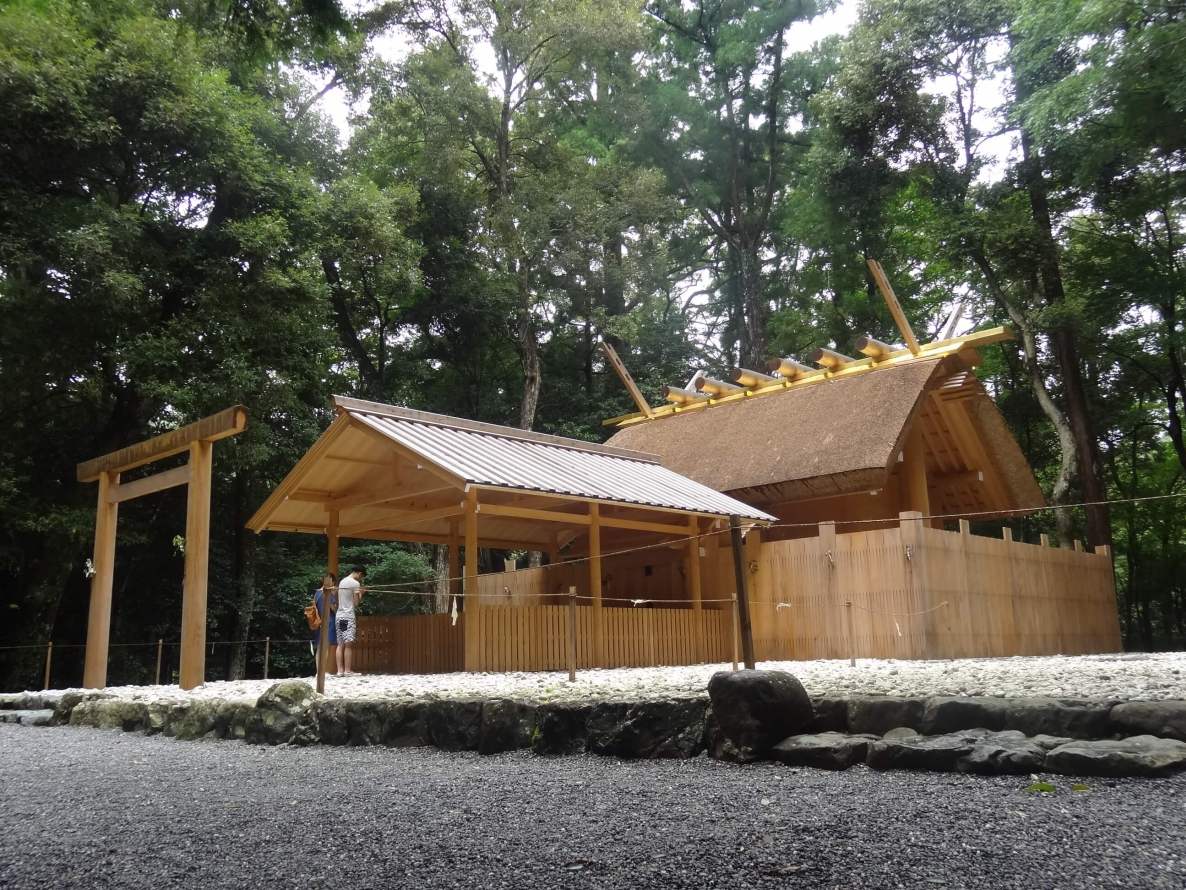
There is a 6-kilometer distance between Naiku and Geku, so be sure to take the local bus unless you want to try out Edo-style pilgrimage, or have a comfortable pair of walking shoes. Both Naiku and Geku are in densely-wooded hills with the Isuzu river coursing through the complexes.
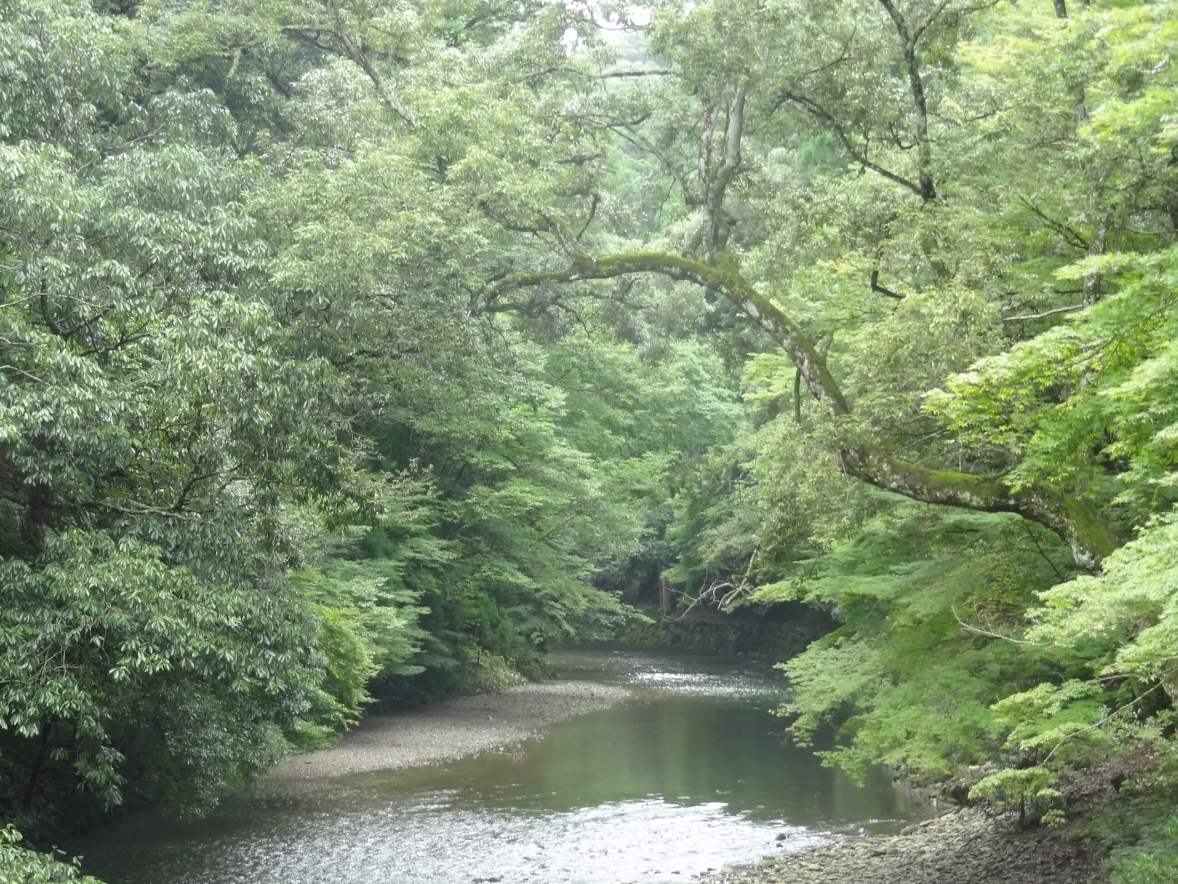
Next to Naiku is Okage-yokocho, an old-fashioned shopping street with traditional wooden houses that transports one back to the Edo era.
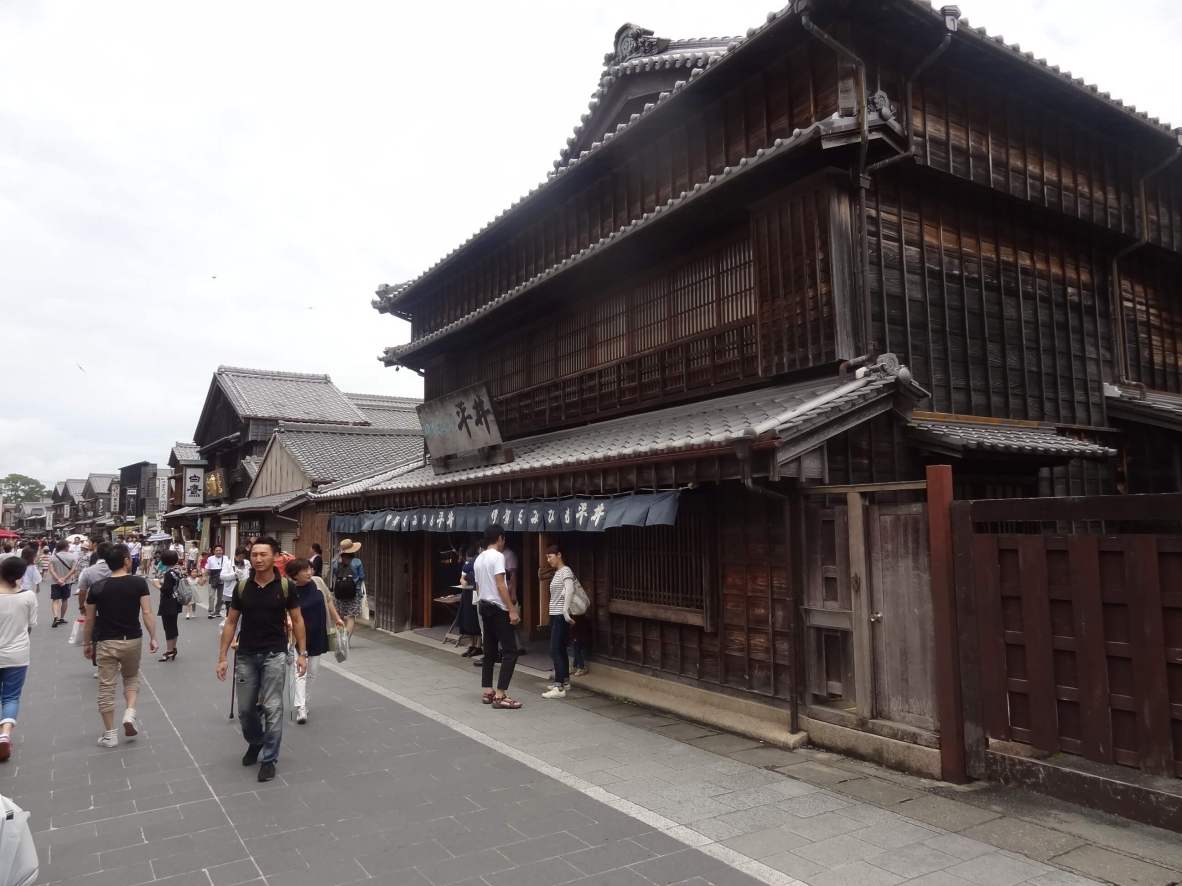
The streets are full of charming restaurants, food stalls and souvenir shops. With the broad variety of products available here you might want to call it the Harajuku of ancient times!
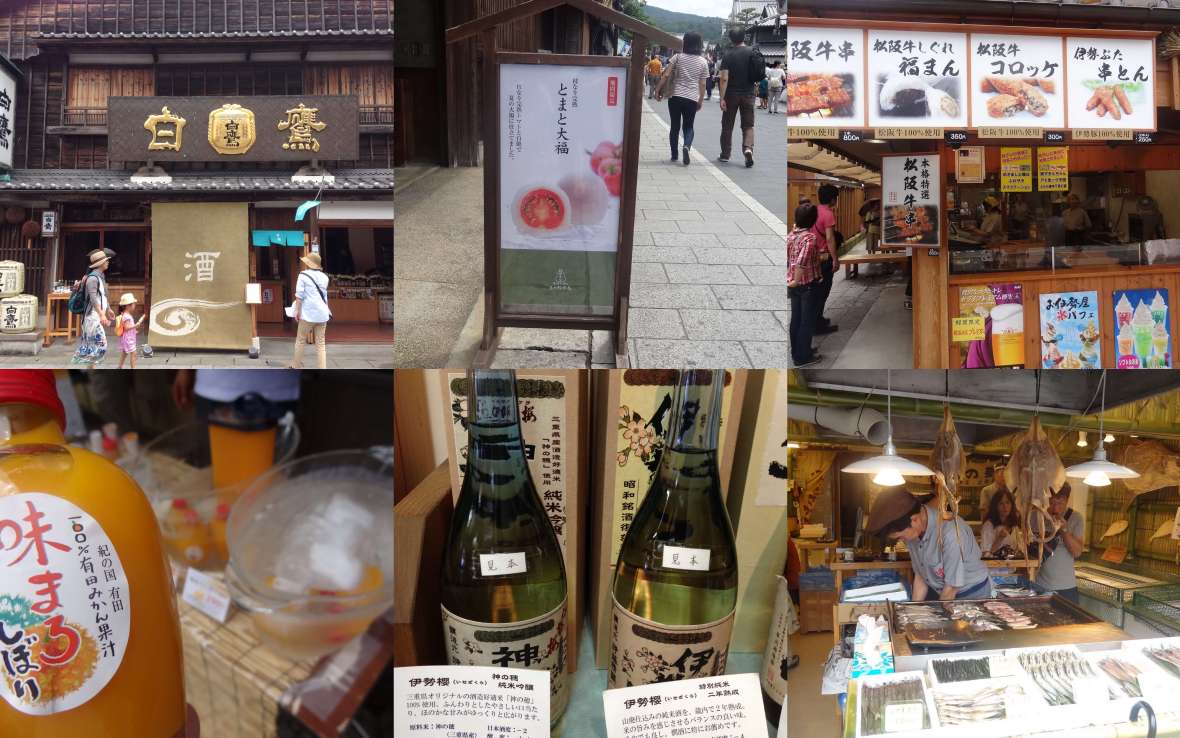
Although I had little time to visit all the other shrines, I did pass a few on the way. Going around town by bicycle and discovering all these gems would be an interesting activity for those who plan to stay in Ise for a longer time.
Ise Grand Shrine
Location: Ujitachi-cho 1, Ise, Mie
Access to Ise: From Tokyo Station, take the shinkansen to Nagoya, then transfer to the Kintetsu Express and get off at Iseshi Station.
 0
0

